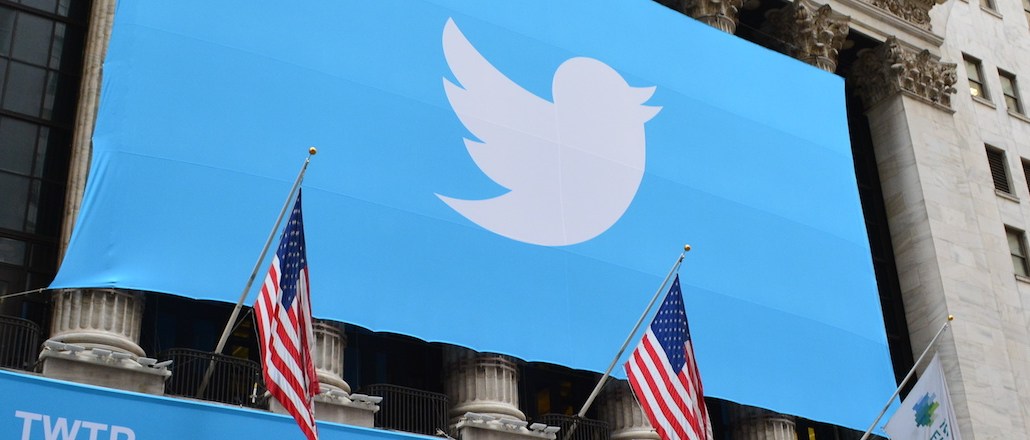Save 50% on a 3-month Digiday+ membership. Ends Dec 5.

According to Wall Street and Silicon Valley, Twitter has a growth problem. With just 241 million global users, Twitter is no Facebook — and its growth rates are declining. When CEO Dick Costolo conceded as much at the company’s first-ever earnings call last month, the company’s stock tanked 20 percent.
Yet that doom and gloom hasn’t made it to Madison Avenue, where Twitter is more valuable than ever. The biggest reason is that unlike Wall Street and Silicon Valley, advertisers and agencies don’t expect Twitter to be Facebook. In fact, they’re thrilled it isn’t.
“Twitter’s current user base is very engaged and very valuable,” said Jill Sherman, director of DigitasLBi’s social and content strategy. “If it were to stop growing today, it would continue to be of value to advertisers.”
Razorfish’s senior director of digital media Matt Heindl said that after experimenting with Twitter buys in 2013, the agency is planning on increasing its Twitter spending by approximately 1,000 percent this year. Two of Razorfish’s blue-chip clients will spend more on Twitter in the first quarter of 2014 than they did all of last year. The agency is so bullish on Twitter that it is even considering diverting some clients’ Facebook budgets toward Twitter.
This is where one of the big Silicon Valley-Madison Avenue divides comes into play. In the Valley, everything is about scale. Big numbers are everything. But advertisers have plenty of scale options. What they’re looking for is different tools that help it solve specific problems for clients. Twitter, even with its small reach compared to Facebook, can do things Facebook cannot.
“Twitter has a more intellectually engaged audience,” Huge’s vp of user experience Jessica L’Esperance said. “It’s niche, which is why it’s powerful.” That small but valuable niche is why Huge clients American Express and Four Seasons, both luxury brands, are so active on Twitter.
The discrepancy between how Wall Street and Madison Avenue view the platform illustrates a fundamental difference between the two. For bankers, entrepreneurs and venture capitalists, selling the promise of future success is as, if not more, important than exhibiting actual ROI. That equates to placing a premium on growth. Agencies and brands tend to focus more on performance, and in that regard, Twitter delivers.
Ad position: web_incontent_pos1
Twitter’s advertising products include promoted tweets and trends — Twitter’s version of “native” advertising — and promoted accounts, which is designed to help brand accounts gain more followers. Heindl said a Razorfish client spent $100,00 on promoted tweets over Oscars weekend and that the engagement on those tweets was up to 10 times higher than that of an average banner campaign.
And then there’s the culture factor. As evidenced by Ellen Degeneres’ tweet heard ’round the world at the Oscars, Twitter is an integral part of the cultural conversation. That’s where brands (and their agencies) perk up. Arby’s received undue attention during the Grammys by tweeting about the hat worn by hip-hop artist Pharrell Williams. Oreo’s Super Bowl tweet set the bar for real-time marketing on Twitter and Huge’s Cap’n Crunch Twitter account was so popular that it was mocked on “The Colbert Report.” As long as Twitter remains the go-to forum for what’s occurring in pop culture, agencies are unlikely to lose interest.
That’s not to say Twitter is perfect. There’s clear work to be done to make it appeal to “normal” people. As Huge’s L’Esperance points out, Twitter has no “default settings.” Users aren’t given a package of people to follow once they fire up their profile, she added. Instead, they’re left to learn how to navigate the platform themselves, which can be a daunting task considering Twitter has a language of its own.
This means that the people who use Twitter regularly — the folks willing to not only familiarize themselves with Twitter but to keep coming back to it — are a highly engaged and, thus, highly valuable, set of consumers.
DigitasLBi’s Sherman even combats the very idea that Twitter has a growth problem. Its acquisition of video sharing app Vine and its recent change to allow photos to be displayed within the service have broadened Twitter’s appeal beyond just text, links and inscrutable hashtags, Sherman said. All of this adds up to making Twitter a more alluring buy for advertisers.
Ad position: web_incontent_pos2
AKQA plans on doubling its Twitter ad spending this year, but that’s no guarantee of continued success. If Twitter isn’t able to maintain its image as the hot new thing, brand interest may drift to Pinterest, Snapchat or Tumblr, said Scott Symonds, managing director or media at AKQA.
“It’s not a near-term business concern,” he said. “But over time, there’s a lot of money flow for what is new and exciting and growing. It might be irrational, but that’s what happens.”
Image via Christopher Penler, Shutterstock
More in Media

What publishers are wishing for this holiday season: End AI scraping and determine AI-powered audience value
Publishers want a fair, structured, regulated AI environment and they also want to define what the next decade of audience metrics looks like.

Digiday+ Research Subscription Index 2025: Subscription strategies from Bloomberg, The New York Times, Vox and others
Digiday’s third annual Subscription Index examines and measures publishers’ subscription strategies to identify common approaches and key tactics among Bloomberg, The New York Times, Vox and others.

From lawsuits to lobbying: How publishers are fighting AI
We may be closing out 2025, but publishers aren’t retreating from the battle of AI search — some are escalating it, and they expect the fight to stretch deep into 2026.
Ad position: web_bfu
